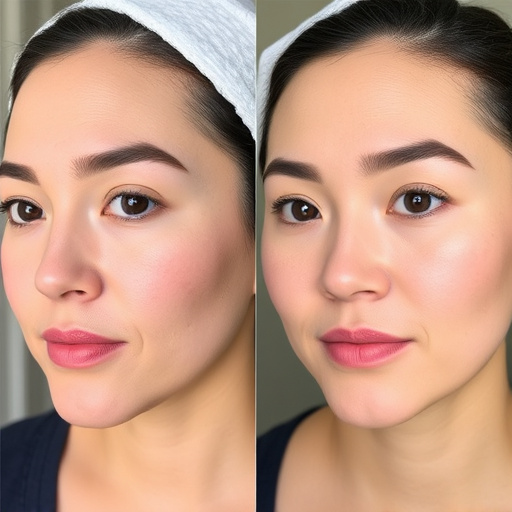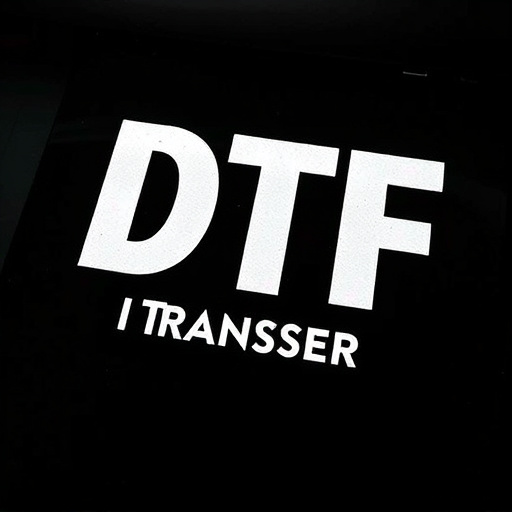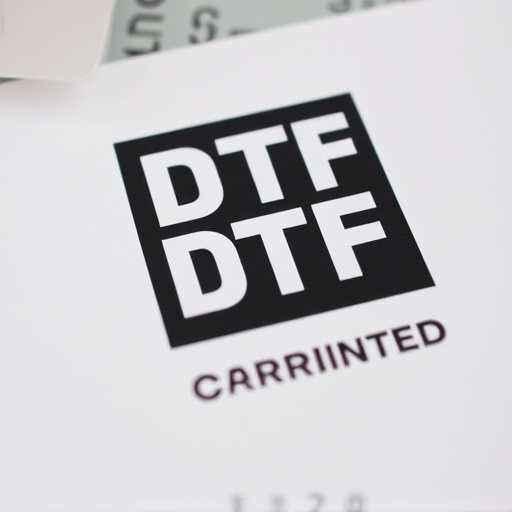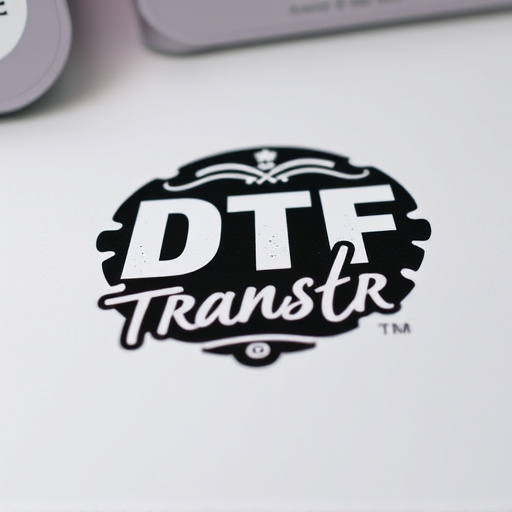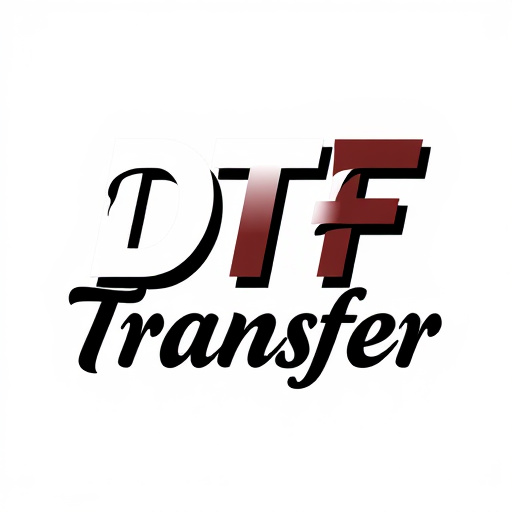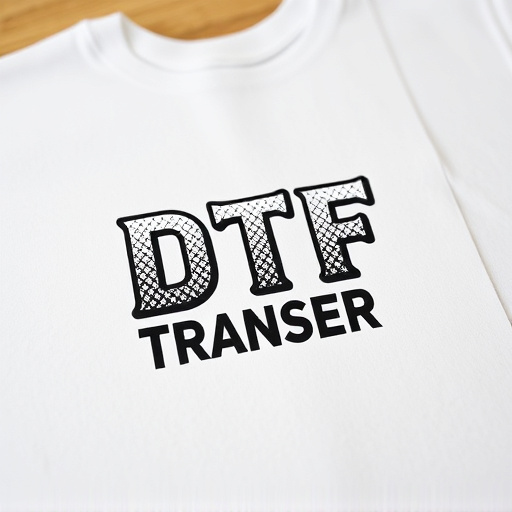Direct-to-film (DTF) transfer is a groundbreaking printing process that allows for direct application of intricate designs onto fabrics using specialized inks. It offers swift, cost-effective production of precise, detailed prints, with exceptional durability due to modern ink formulations and robust bonding. DTF's versatility extends to various surfaces and environments, making it suitable for outdoor advertising, fashion, and apparel industries. Optimal storage conditions and proactive care are crucial for maintaining the vibrancy and longevity of DTF prints. Future developments aim to enhance material versatility, print precision, and speed, solidifying DTF as a leading method for distinctive, long-lasting designs.
“Direct-to-film (DTF) transfer printing has emerged as a game-changer in various industries, offering unique designs with exceptional longevity. This article delves into the world of DTF technology and its remarkable resilience. We explore the factors contributing to the durability of DTF prints, from the science behind the process to environmental considerations. Discover real-world applications where DTF designs thrive and learn practical preservation tips. Additionally, we glimpse into the future, examining emerging trends that promise to enhance DTF printing capabilities.”
- Understanding Direct-to-Film (DTF) Transfer: A Basic Overview
- The Longevity of DTF Prints: What Makes Them Last?
- Environmental Factors Affecting DTF Transfer Quality and Durability
- Real-World Applications: How DTF Designs Stand the Test of Time
- Maintaining Resilience: Care and Preservation Tips for DTF Prints
- Future Prospects: Evolving Trends in DTF Printing Technology
Understanding Direct-to-Film (DTF) Transfer: A Basic Overview
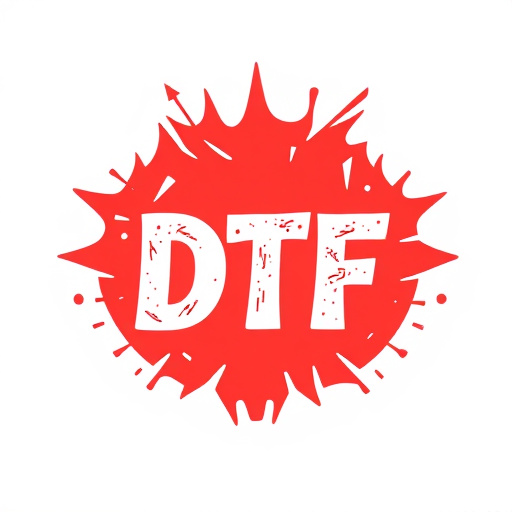
Direct-to-film (DTF) transfer is a printing process that has gained significant traction in recent years, especially within the design and apparel industries. This innovative method involves applying designs directly onto various materials, such as fabrics, using specialized equipment and inks. The process eliminates the need for traditional intermediate steps, like cutting and pressing, making it an efficient and cost-effective solution for creating custom prints.
DTF technology enables precise and detailed prints, allowing designers to translate their creative visions onto a variety of surfaces. The DTF Transfer process starts with a digitally printed design that is then precisely aligned and transferred onto the desired material using heat and pressure. This direct application ensures a high-quality, long-lasting result, making DTF ideal for both small-scale and large-volume production runs. Additionally, it offers designers versatility, as they can experiment with different fabrics, colors, and even special effects to create unique and resilient designs that withstand the test of time and frequent use.
The Longevity of DTF Prints: What Makes Them Last?

Direct-to-film (DTF) prints have gained popularity for their durability and longevity, making them a preferred choice in various industries. The longevity of DTF transfers is attributed to several key factors. One of the primary reasons is the high-quality materials used in the printing process. Modern DTF inks are designed with robust formulations that resist fading, cracking, and peeling over time, even under harsh environmental conditions.
Additionally, the application method itself plays a crucial role. DTF transfers are applied under heat and pressure, creating a strong bond between the print and the substrate. This process ensures that the design becomes an integral part of the material, enhancing its resistance to wear and tear. Moreover, the versatility of DTF printing allows for application on diverse surfaces, including textiles, plastics, and metals, each offering its own level of durability, ensuring that the prints maintain their integrity for extended periods.
Environmental Factors Affecting DTF Transfer Quality and Durability
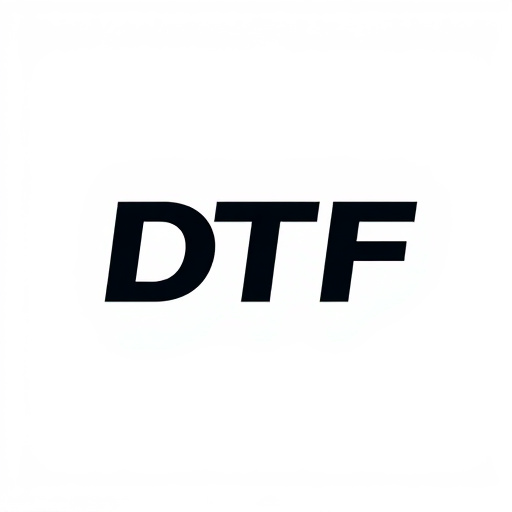
Direct-to-film (DTF) transfer quality and durability are significantly influenced by environmental factors. Humidity and temperature play a crucial role in the DTF process, affecting the adhesion and longevity of prints. High humidity levels can lead to faster drying times, potentially resulting in prints that lack the necessary bonding strength with the substrate. Conversely, low humidity might cause ink to remain tacky for longer, increasing the risk of smudging or shifting during handling.
Temperature extremes also pose challenges. Cold conditions can slow down the curing process, leading to prints that are not fully bonded to the material. Heat, on the other hand, accelerates curing but could cause ink to become brittle over time, making DTF prints more susceptible to chipping or flaking when subjected to stress or exposure to harsh conditions. Maintaining optimal humidity and temperature conditions is essential for ensuring the longevity and resilience of DTF transfers, resulting in high-quality, durable prints.
Real-World Applications: How DTF Designs Stand the Test of Time
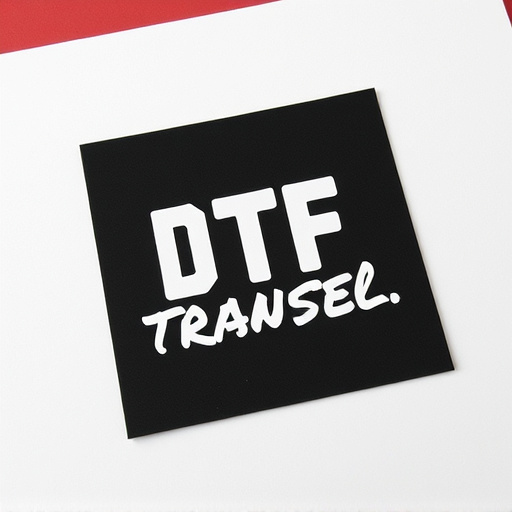
Direct-to-film (DTF) transfer and printing technologies have proven their longevity and resilience across various real-world applications. One of the primary strengths lies in their ability to create durable prints on a wide range of materials, from textiles to metal, that can withstand environmental stressors like sunlight, moisture, and wear and tear. This makes DTF designs ideal for outdoor advertising, where banners and signage need to maintain their vibrancy and legibility for extended periods.
Moreover, the versatility of DTF allows for complex and intricate designs to be reproduced accurately, making it popular in industries like fashion and apparel where unique patterns and logos are demanded. The direct application method ensures that the final product closely mirrors the digital design, providing a consistent and high-quality outcome. This resilience and adaptability have solidified DTF printing as a reliable solution, driving its continued adoption across diverse sectors even in today’s digital landscape.
Maintaining Resilience: Care and Preservation Tips for DTF Prints

Maintaining resilience is key to ensuring the longevity of direct-to-film (DTF) applied designs. Proper care and preservation techniques are essential for safeguarding DTF prints, which can withstand exposure to various elements over time. One effective method is regular cleaning and maintenance; gentle wiping with a soft cloth dampened with water or a mild detergent can remove dust and prevent residue buildup. Avoiding harsh chemicals or abrasive materials is crucial as they may damage the print surface.
Storage conditions also play a vital role in preserving DTF prints. It’s recommended to keep them in a cool, dry place away from direct sunlight and extreme temperatures. Using protective covers or frames can provide an extra layer of defense against environmental factors. Additionally, ensuring proper ventilation prevents moisture accumulation, which can cause the print to yellow or fade over time. By implementing these care practices, DTF transfer enthusiasts and professionals can expect their creations to remain vibrant and durable for years to come, showcasing the remarkable resilience of this printing technique.
Future Prospects: Evolving Trends in DTF Printing Technology
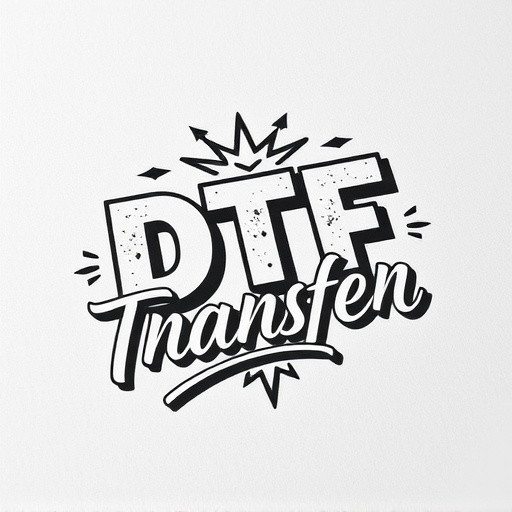
The future of direct-to-film (DTF) printing technology looks bright and promises significant advancements in the coming years. As DTF continues to gain traction, researchers and manufacturers are exploring new avenues to enhance its capabilities and expand its applications. One prominent trend is the development of more versatile materials that can handle a broader range of substrates and environments, making DTF prints even more durable and suitable for outdoor uses.
Additionally, advancements in printing precision and speed are on the horizon. Improved printheads and inks will enable higher resolution and faster production times, catering to the growing demand for customized, high-quality DTF transfers. These innovations will further solidify DTF as a preferred method for creating unique, long-lasting designs across various industries, from fashion and apparel to signage and decorative arts.

